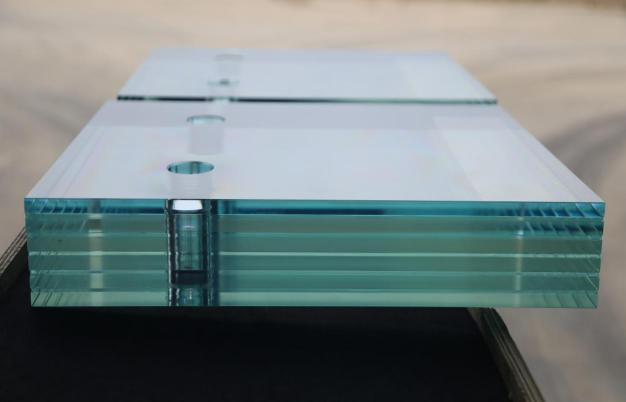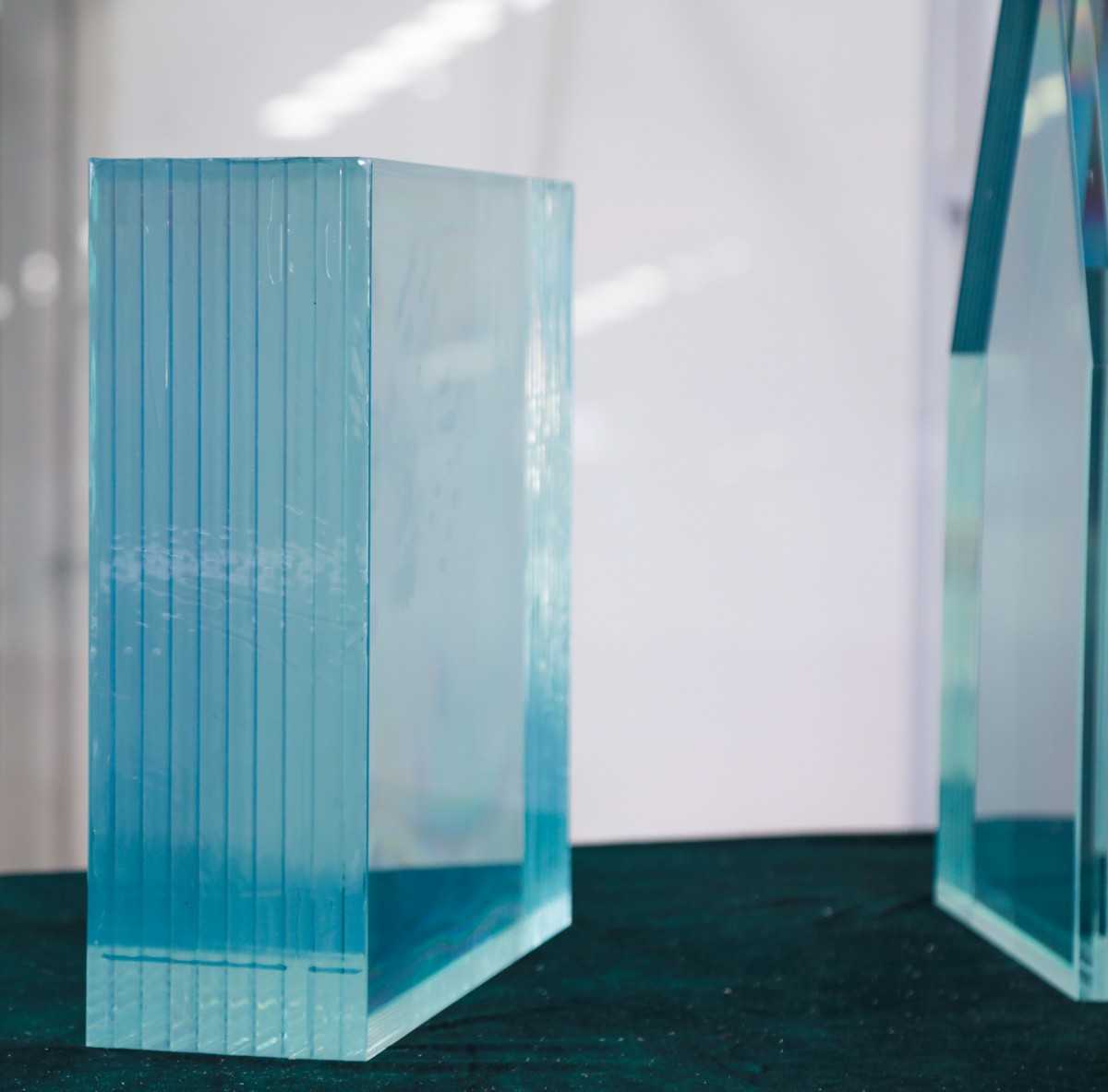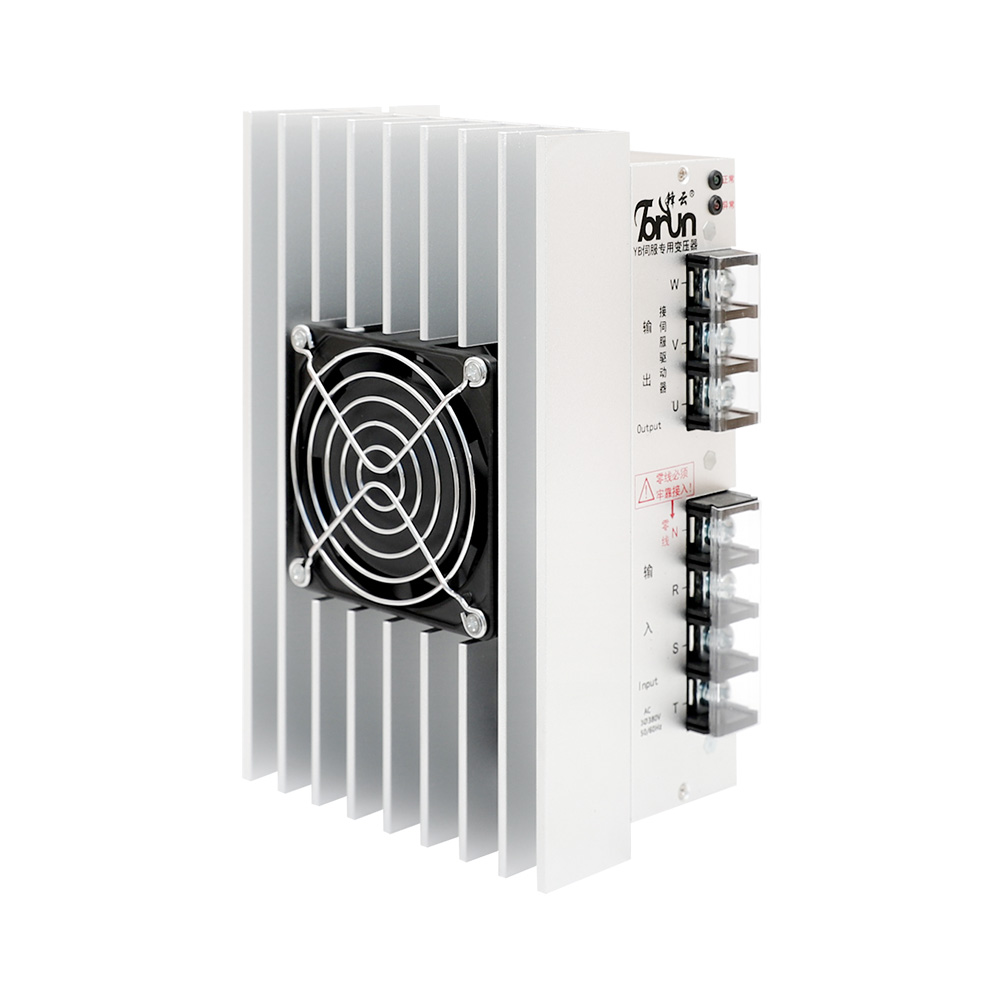Laminated double glazing has become a cornerstone of modern architectural design, offering a powerful combination of safety, comfort, and energy efficiency. This advanced glazing technology is especially favored in urban environments where noise pollution, security concerns, and environmental performance are critical. In this article, we explore the key advantages of laminated double glazing and its growing role in sustainable building practices.
Enhanced Safety and Impact Resistance
One of the most important benefits of laminated double glazing is its superior safety performance. Laminated glass is composed of two or more layers of glass bonded together with durable interlayers, typically polyvinyl butyral (PVB) or ionoplast (SGP).
In the event of breakage, the glass fragments remain adhered to the interlayer, preventing dangerous shattering and reducing the risk of injury. The interlayer also absorbs and dissipates impact energy, giving laminated glass exceptional resistance against accidental collisions or deliberate damage. This makes it especially suitable for ground-level windows, facades, and public buildings where safety is paramount.
Superior Sound Insulation
Noise pollution remains a pressing issue in high-density cities. Laminated double glazing provides excellent acoustic insulation, significantly reducing the transmission of airborne noise thanks to its multi-layer structure and viscoelastic interlayer.
This technology is widely applied in residential towers, hotels, and office buildings near highways, railways, or airports, ensuring a quieter and more comfortable indoor environment for occupants.

Increased Security Against Forced Entry
Security considerations are central to modern architecture. Laminated double glazing strengthens building security by resisting forced entry attempts. Even when cracked, the interlayer holds the glass firmly in place, slowing down intrusion and acting as a powerful deterrent.
This feature makes laminated double glazing a preferred choice for banks, luxury residences, government buildings, and retail storefronts, where asset protection is crucial
UV Protection and Interior Preservation
Sunlight contains ultraviolet (UV) radiation that causes fading and deterioration of furniture, flooring, and artworks. Laminated double glazing incorporates interlayers that filter out up to 99% of harmful UV rays, protecting interiors while maintaining natural daylight.
This preservation benefit is particularly valuable in museums, galleries, and high-end residential spaces, where long-term protection of materials and finishes is essential.

Improved Durability and Energy Efficiency
Laminated double glazing is highly durable, resisting weathering, thermal stress, and mechanical wear. Its robust design ensures longer service life and reduced maintenance costs.
In terms of energy efficiency, the double-glazed construction with laminated interlayers minimizes heat transfer and improves thermal insulation. This helps regulate indoor temperature, reduces reliance on heating and cooling systems, and supports compliance with modern energy codes and green building standards.
Applications in Modern Architecture
Laminated double glazing is versatile and widely adopted across sectors:
Residential Buildings: Enhances living comfort, safety, and privacy.
Commercial Properties: Combines professional aesthetics with strong acoustic and security performance.
High-Security Facilities: Offers advanced protection for banks, embassies, and government institutions.
Skylights and Roof Glazing: Provides UV shielding and thermal efficiency in overhead applications.
Curtain Walls and Façades: Delivers modern design appeal while meeting stringent safety standards.
Comprehensive Guide to Digital Printed Glass: Uses and Advantages
www.hncentralglass.com
Henan Zhongbo Glass Co., Ltd.



